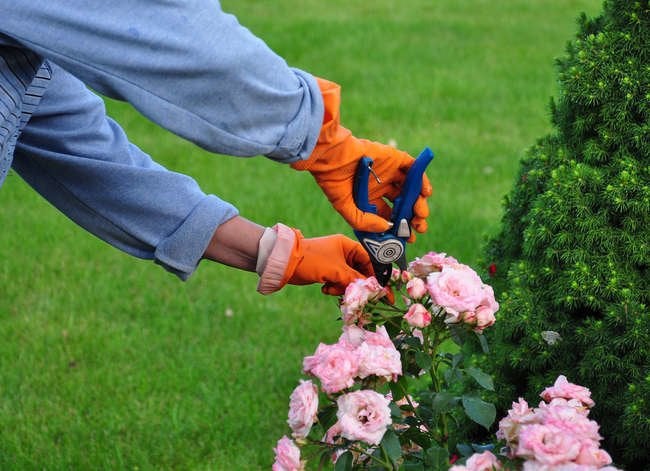We may earn revenue from the products available on this page and participate in affiliate programs. Learn More ›
What’s Your Hardiness Zone?
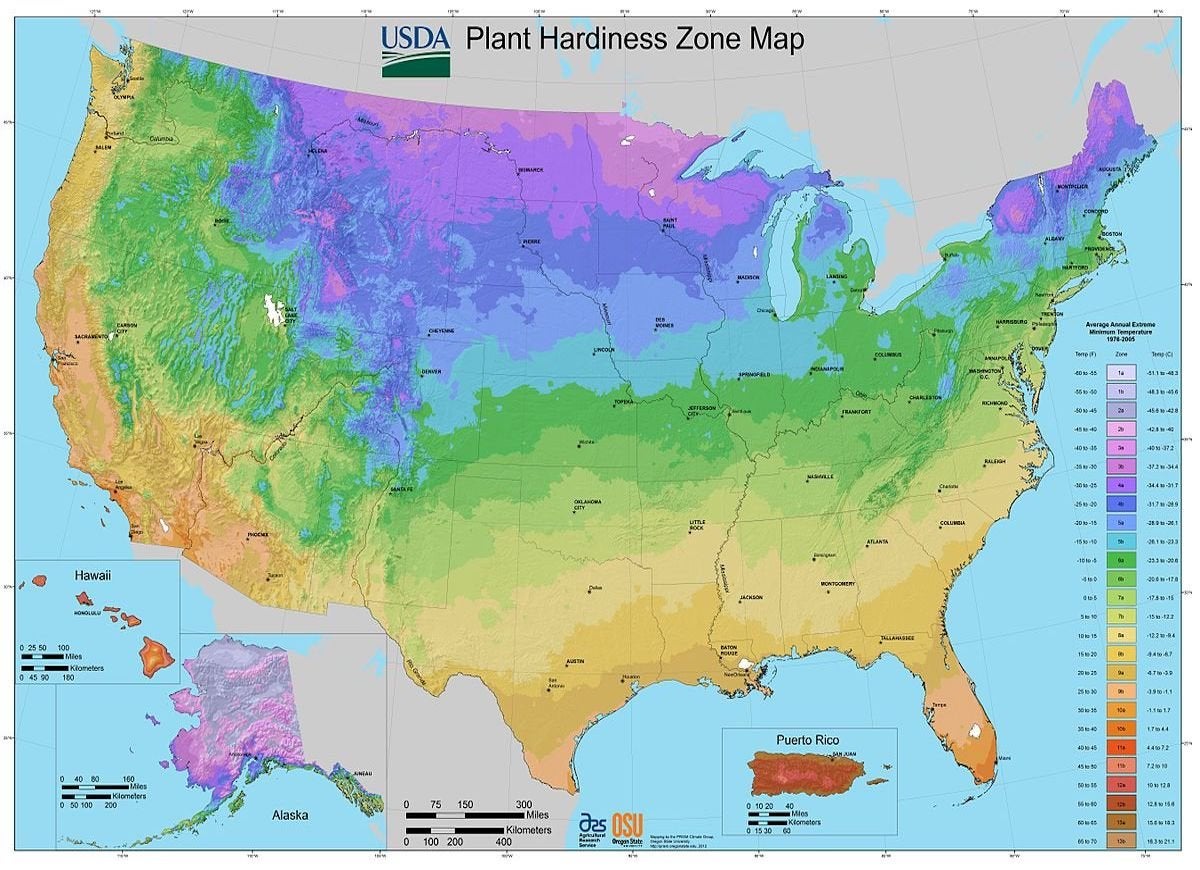
wikimedia.org via USDA-ARS and Oregon State University (OSU)
Before you shop, know your zone. The USDA has mapped the United States into plant hardiness zones that gardeners can use to find the plants most likely to thrive in their region. Once you find your location on the map, stick to buying plants designated for that hardiness zone. Most plant tags and seed packets indicate the suitable zones, but if not, a quick internet search will reveal the answer.
Related: 30 Low-Maintenance Plants for Your Easiest Garden Ever
What Are Your Light Conditions?
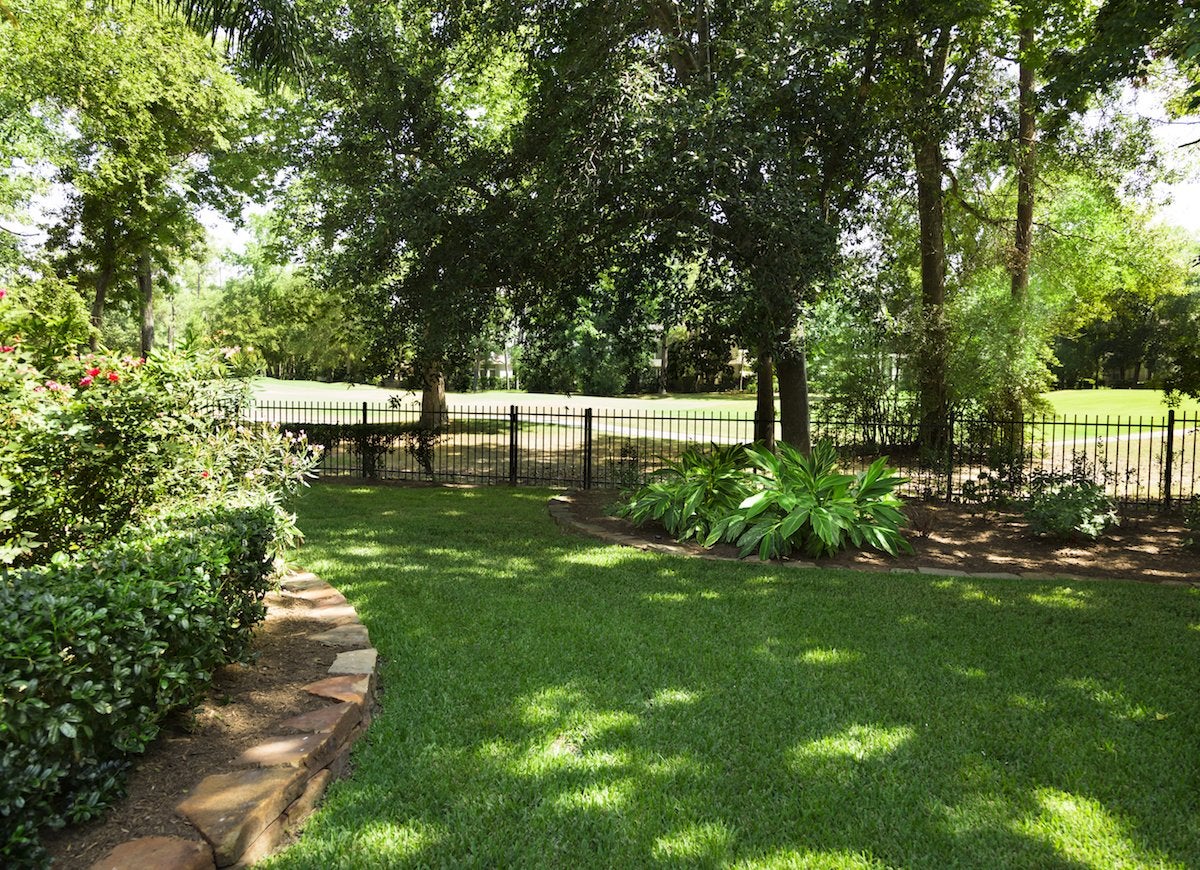
Every plant has sun and shade requirements. Before you go shopping, take a tour of your yard at various times of day to get a sense of how much light different areas receive. Pay particular attention to those spots for which you’d like to buy plants. When selecting plants, read the tags and choose only shade-loving varieties for wooded areas and sun-loving varieties for patches that get full sun. Many plants can tolerate partially sunny or shady conditions, so pick up part-sun or part-shade plants for spots that get a bit of both.
How Much Rain Do You Get?
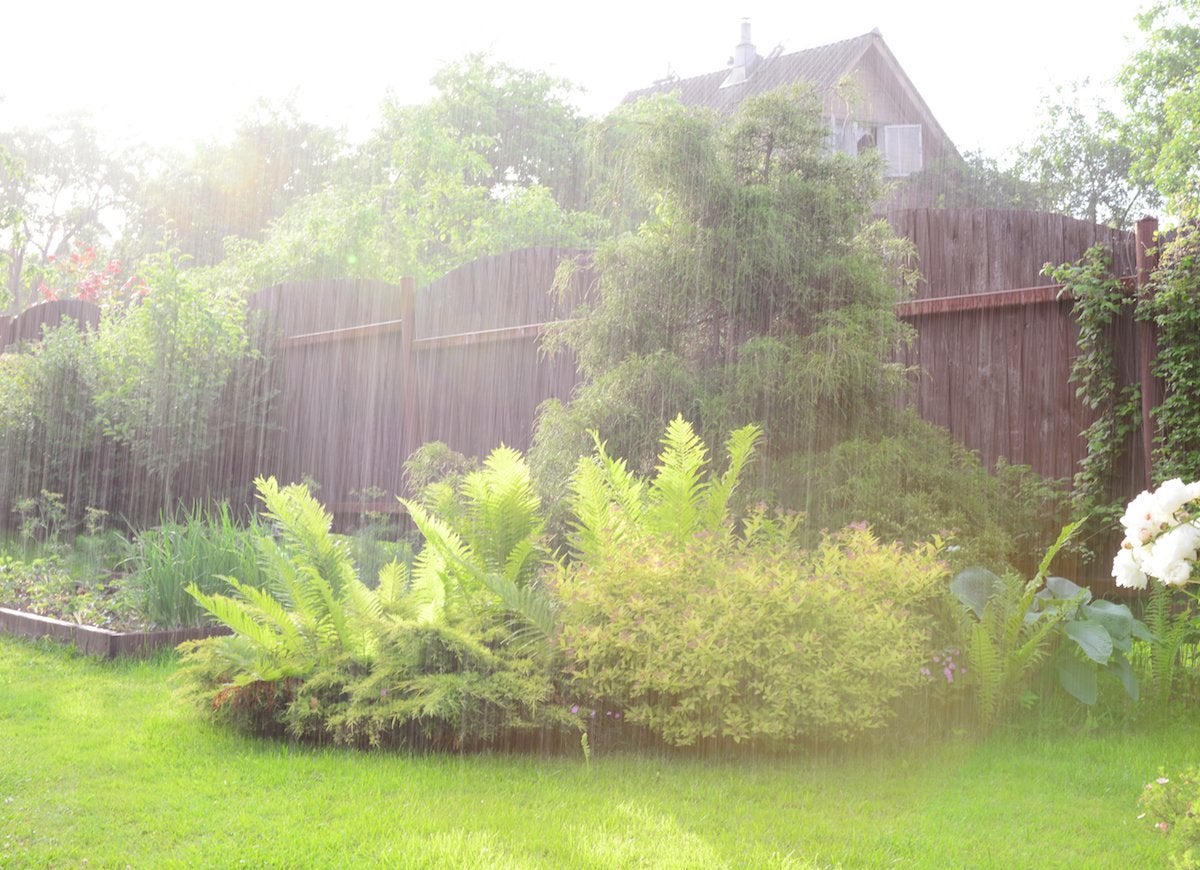
If you live in an arid location, stick to drought-tolerant plants—unless you want to spend lots of time watering! Conversely, if you live in a region that gets lots of rain, or if your soil has poor drainage, purchase plants that can survive a soggy environment.
How Much Time Do You Have?
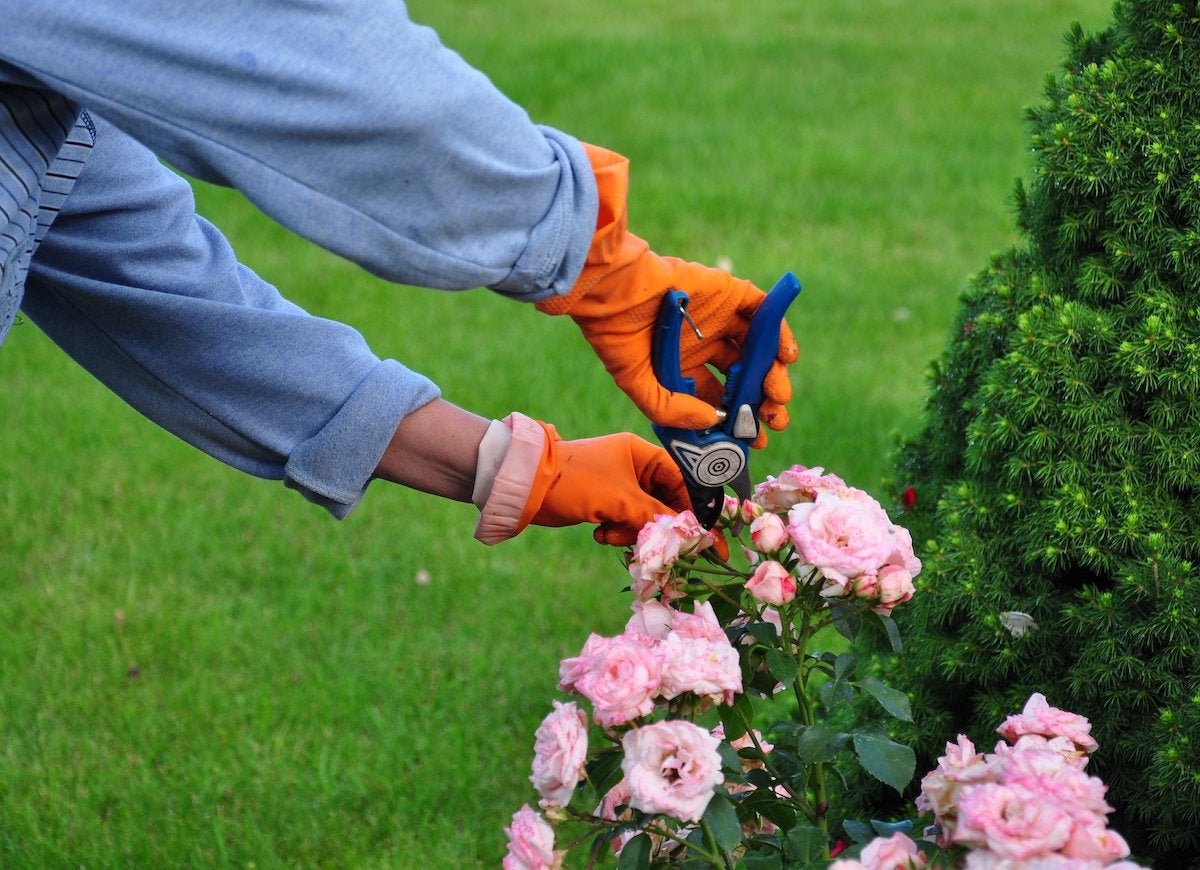
Some plants require more maintenance than others to look their best. If you don’t have time to deadhead, choose flowering plants that are self-cleaning, or that will thrive even if you don’t cut off spent blooms. Prefer not to prune? Select slow-growing plants, which require less frequent trimming. Consider how much time and energy you have to dedicate to your gardening, then purchase plants that match up with your commitment level.
Related: 25 Easy-Care Plants That Survive With or Without You
Are You Going on Vacation?
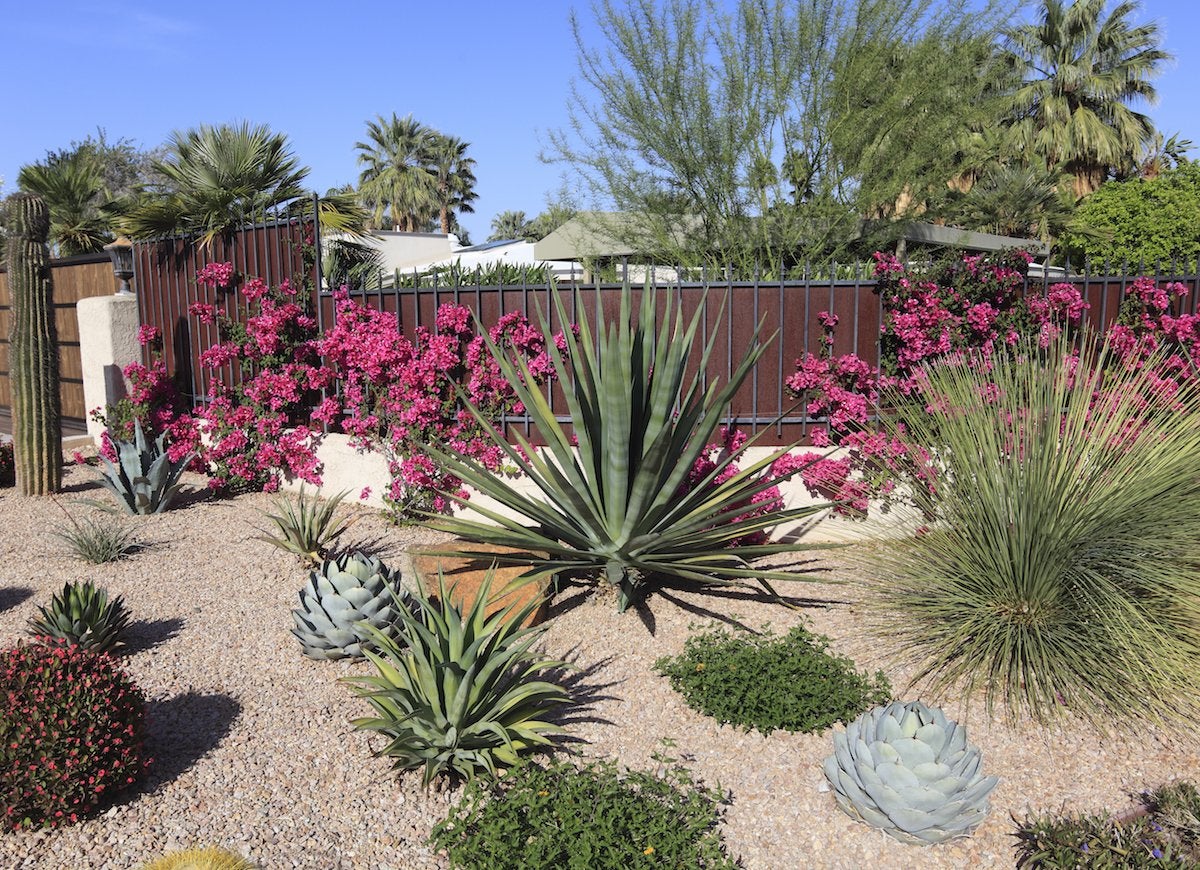
Do you ever hit the road for weeks at a time? Consider your travel schedule when purchasing plants. If you plan to be absent often and you don’t have a green-thumbed friend or neighbor to tend to things, select plants that can do just fine without you and will happily exist on autopilot.
How Much Space Do You Have?
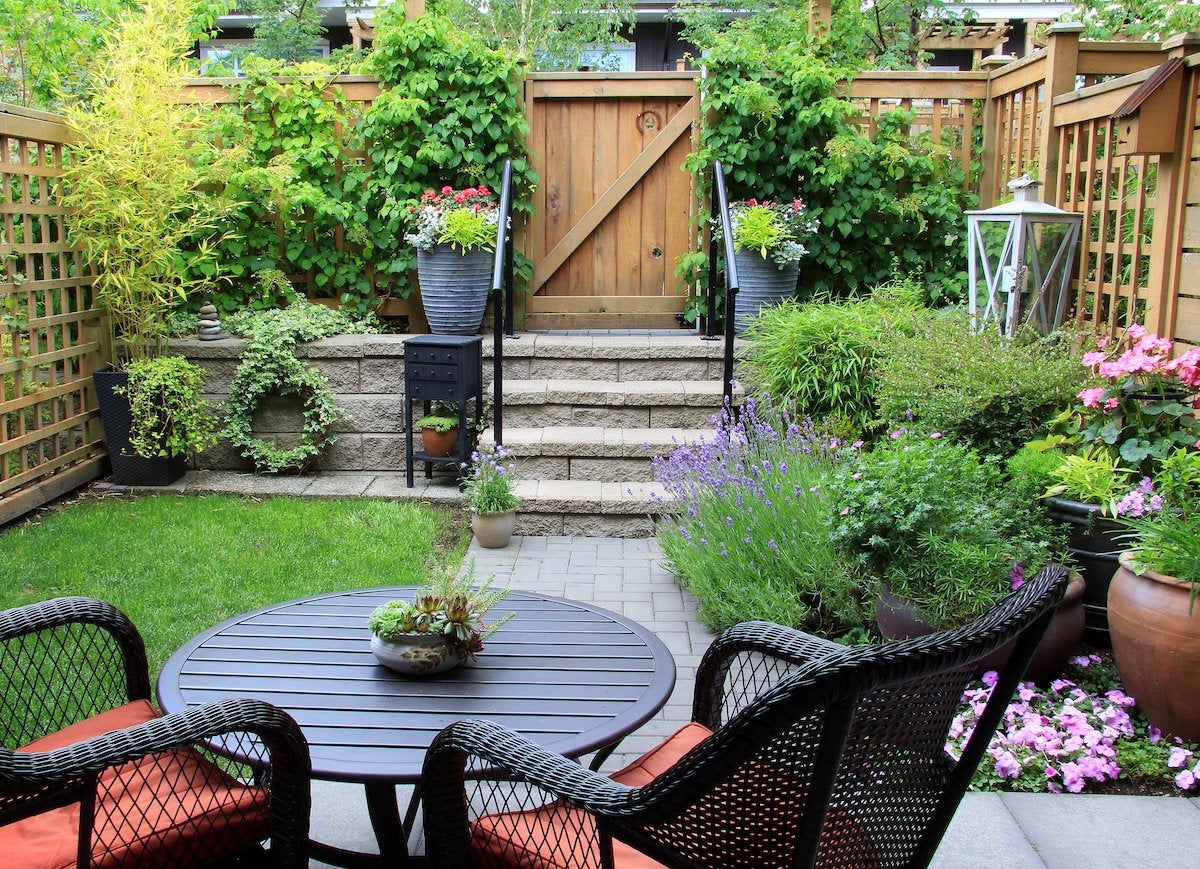
Remember, a plant that’s small and sweet at the store may quickly triple in size once you put it in the ground. Be mindful of the amount of space you have and make sure your garden bed will be adequate for the plants you’ve selected once they reach maturity. You don’t want to have to transplant your picks in a couple of years just because they’ve outgrown their space.
What’s Your Soil Like?
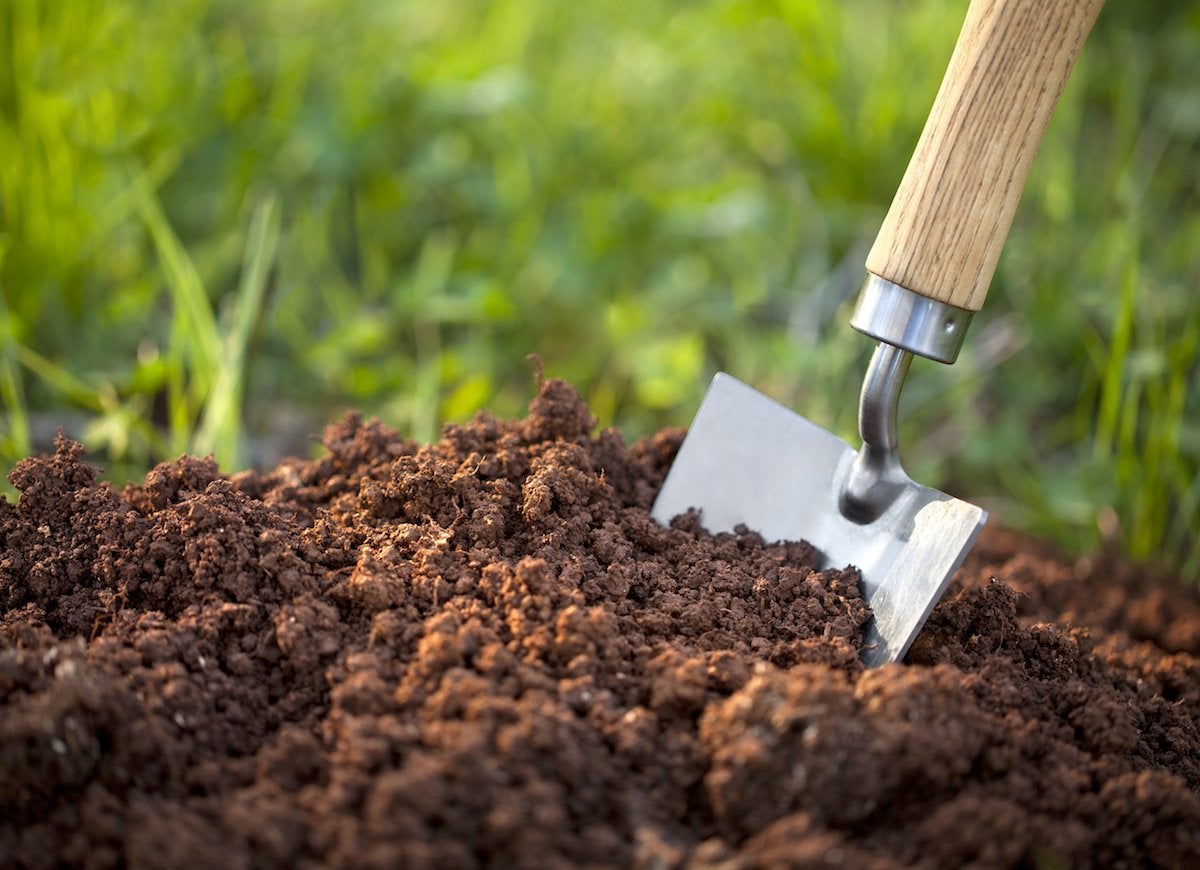
Take the time to do a soil test before you purchase plants. It’s not difficult, time-consuming, or expensive—most hardware stores sell soil test kits for less than $15. In 15 minutes, you can find out if your soil tends to be acidic or alkaline and discover your soil’s phosphorus, nitrogen, and potassium levels. Once you know the makeup of your soil, you can choose plants that prefer either acidic or alkaline conditions, and if your soil is low in any nutritional elements, you can add amendments before you plant to give your new landscaping the best chance of success.
Related: The Best Gardening Tools
Is Your Area Prone to Pests?
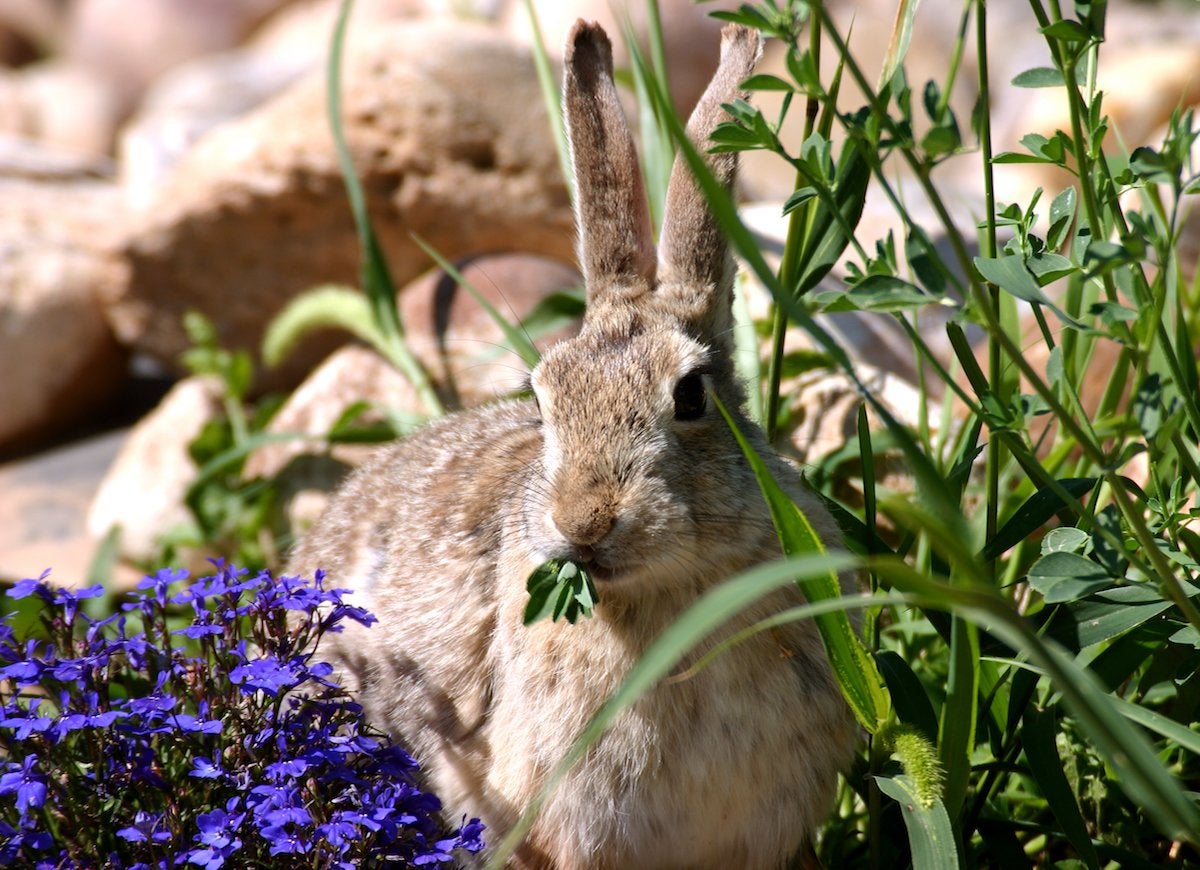
There’s nothing more disheartening than waking up in the morning to see that your new plants have been destroyed overnight by hungry wildlife. Find out which common garden pests live in your area, and select your plants accordingly. Rabbits love pansies, deer love tulips, and groundhogs love melons. It’s hard to fight against these persistent pests, so it’s best to plant things they don’t like to eat.
Plant Preparation
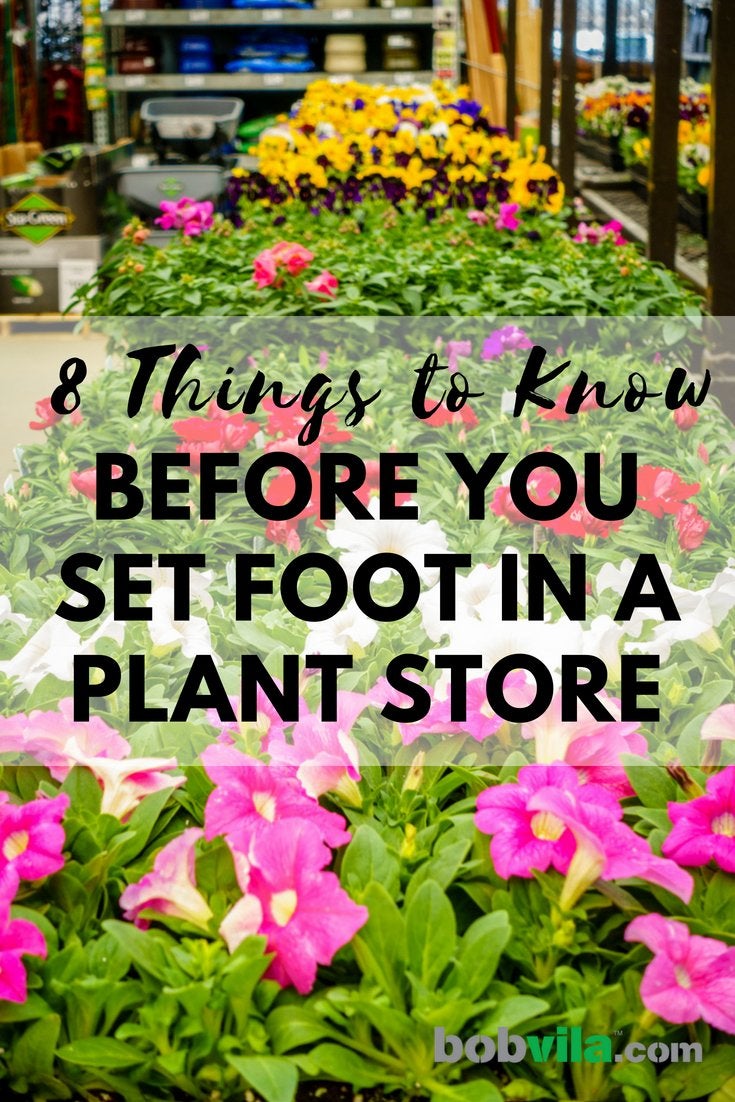
Armed with the right information, you have a better chance at finding the best plants for your property!

Our Best Advice for Beginner Gardeners
We’ll help you set up your first garden—whether that’s a few pots on your patio, a raised bed, or an in-ground plot out back—and select the right plants for your soil and region.
